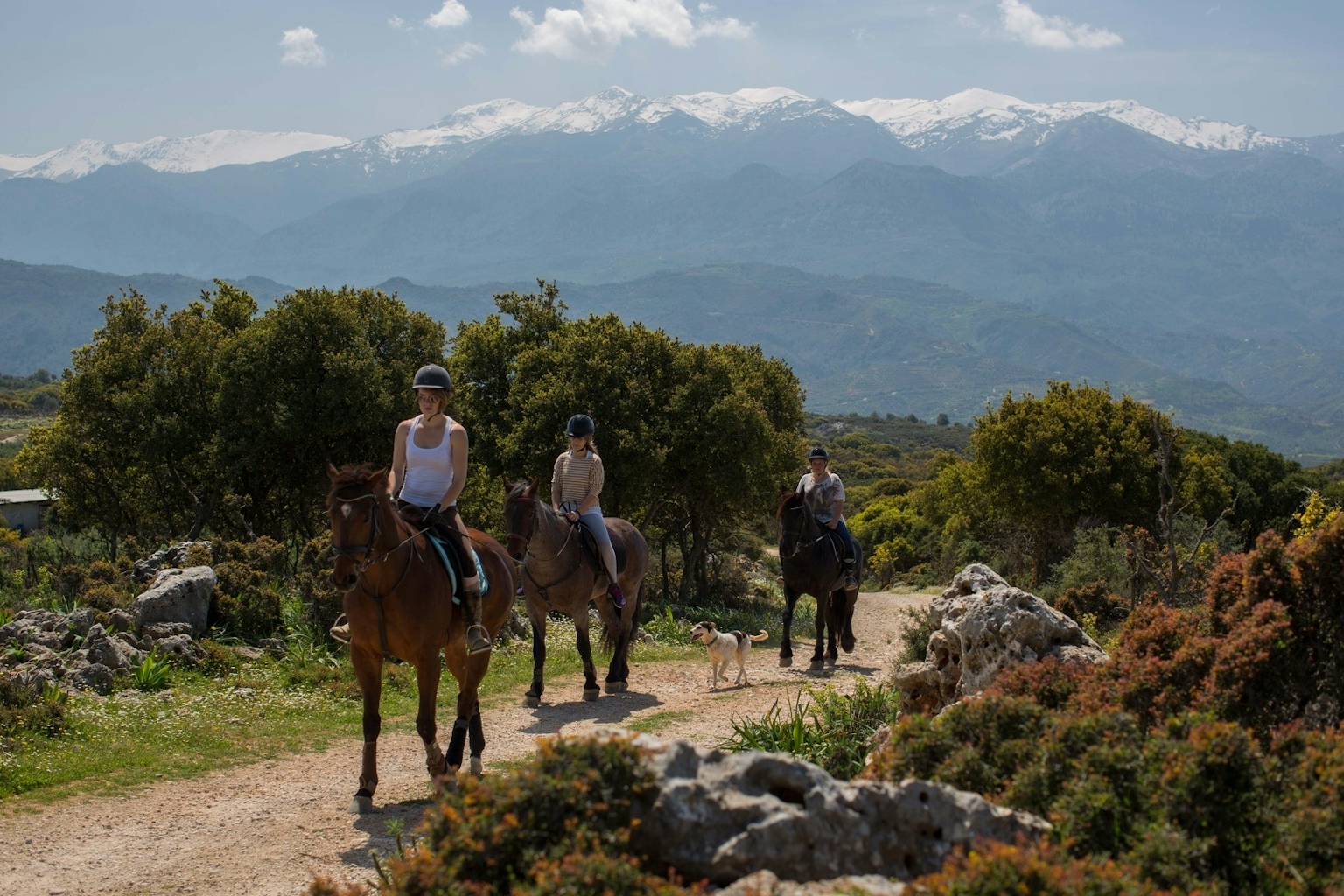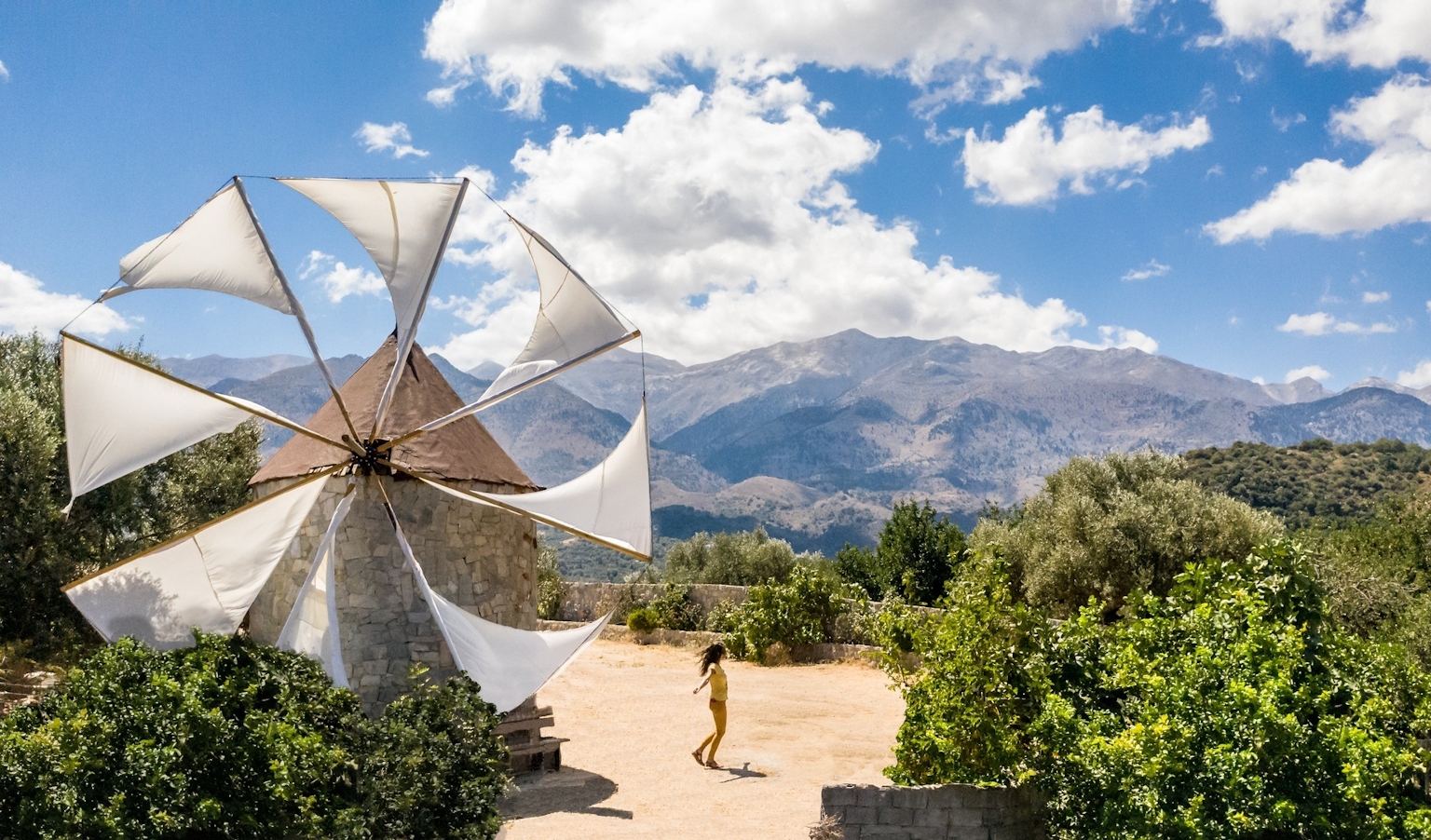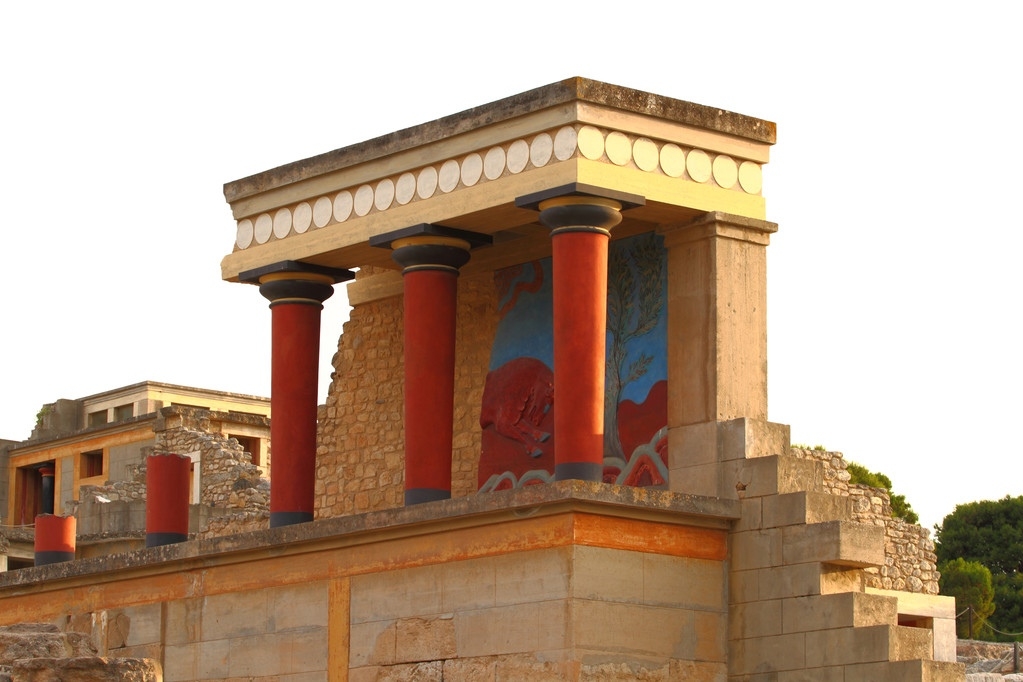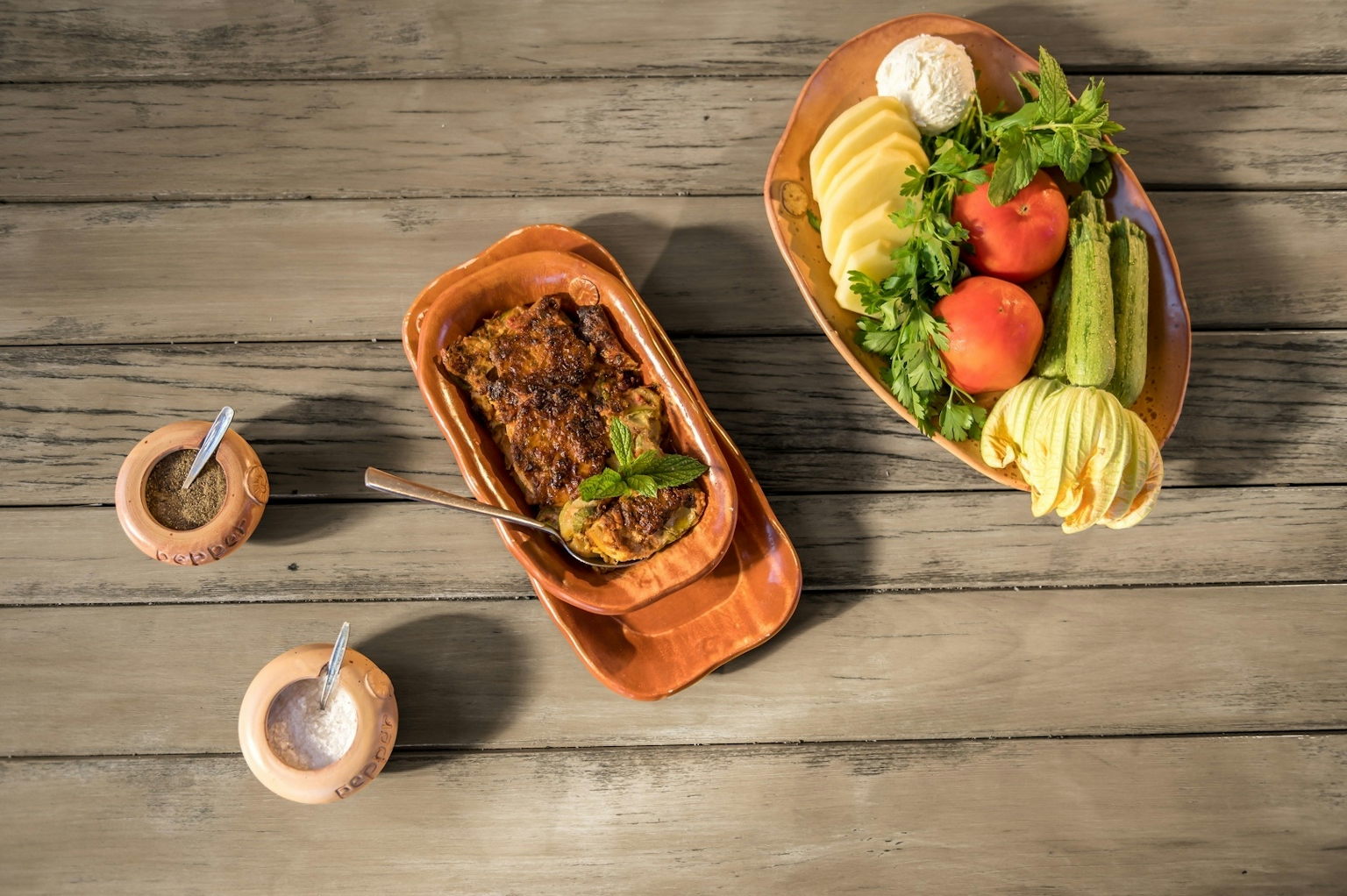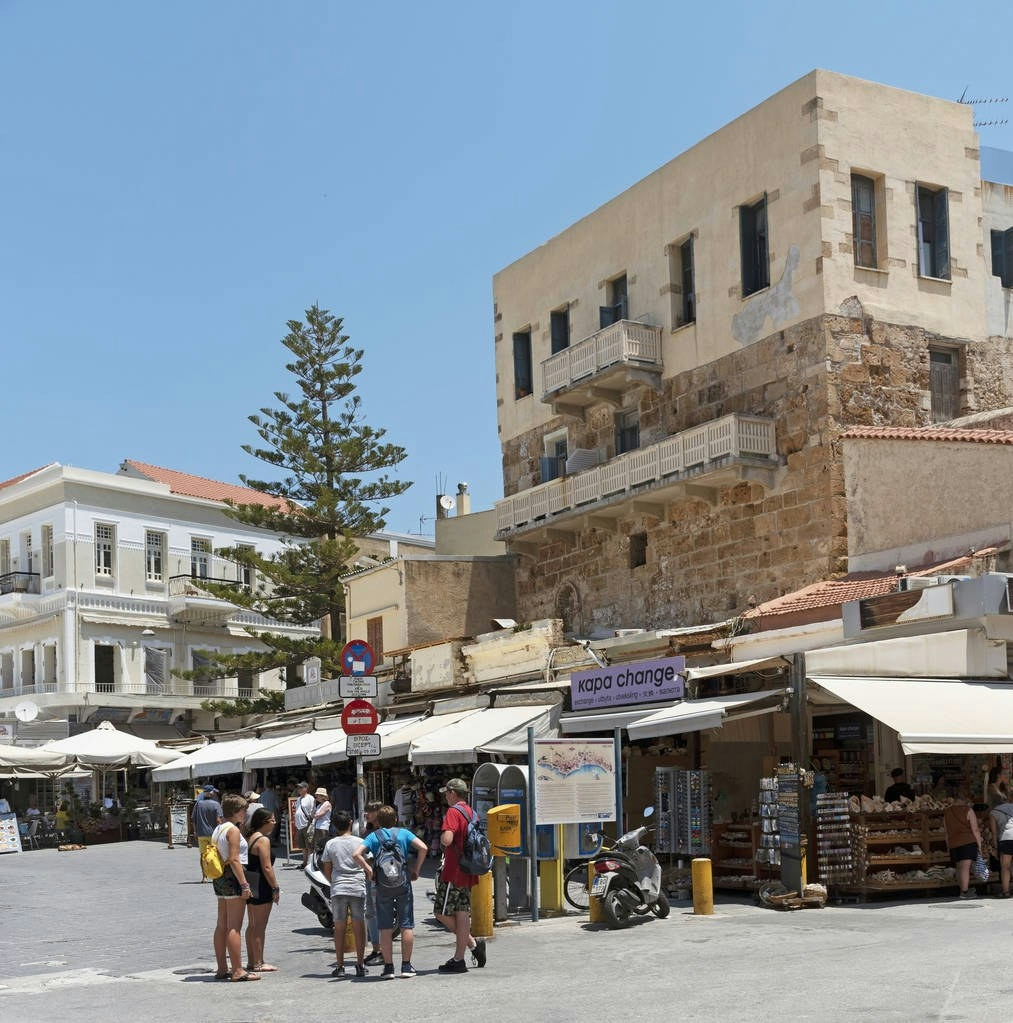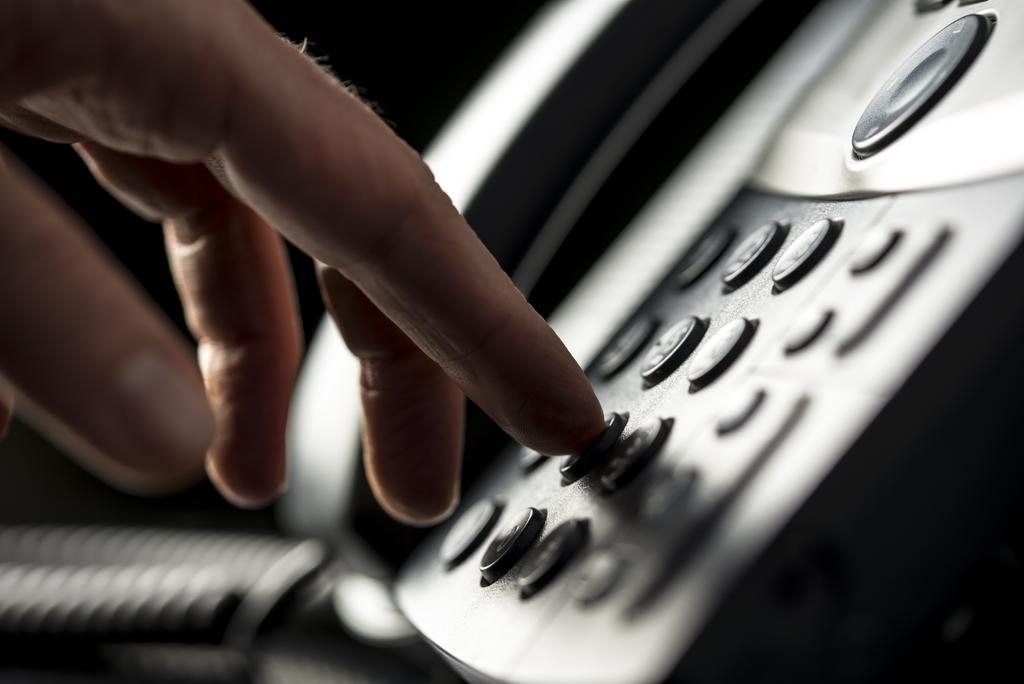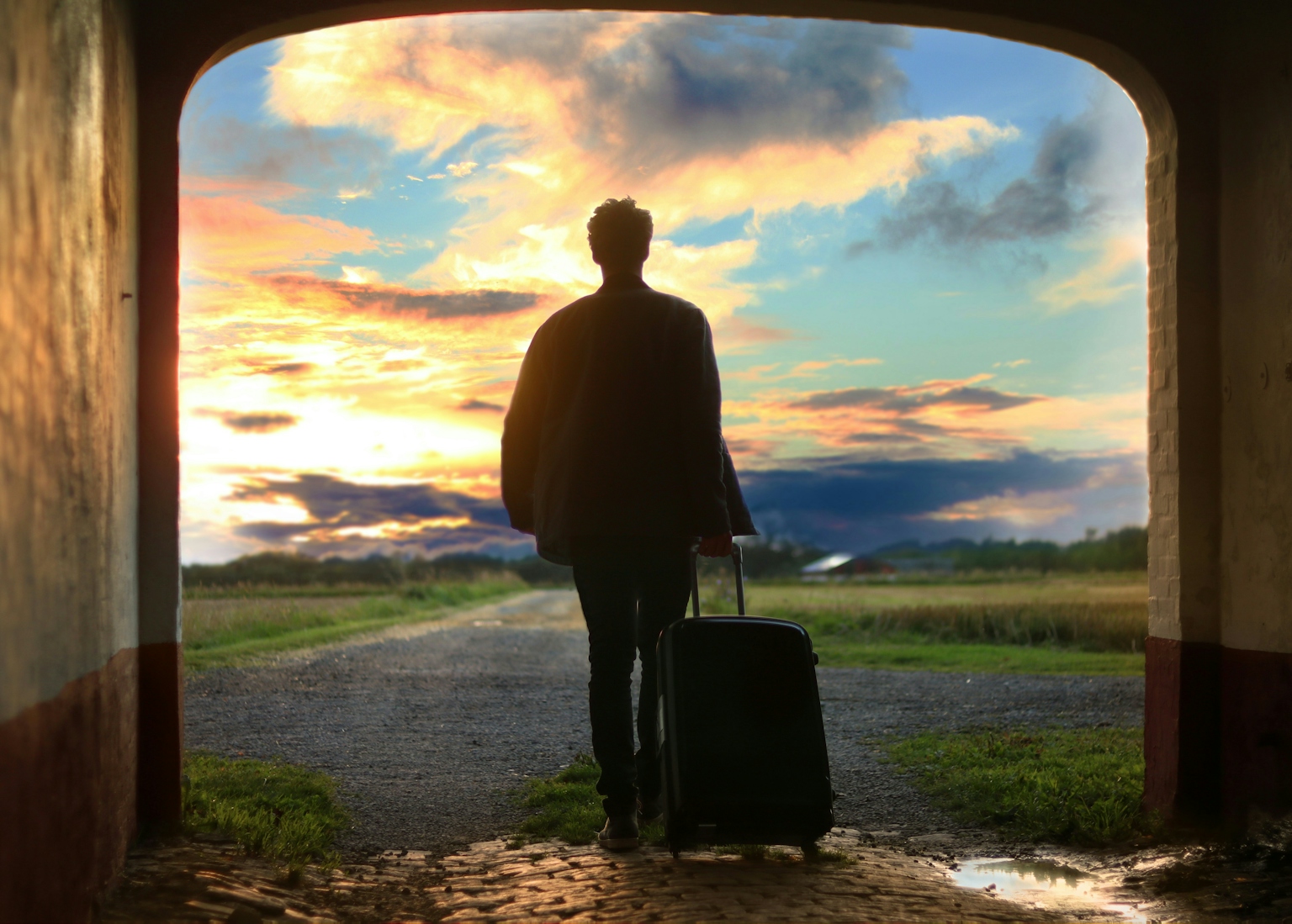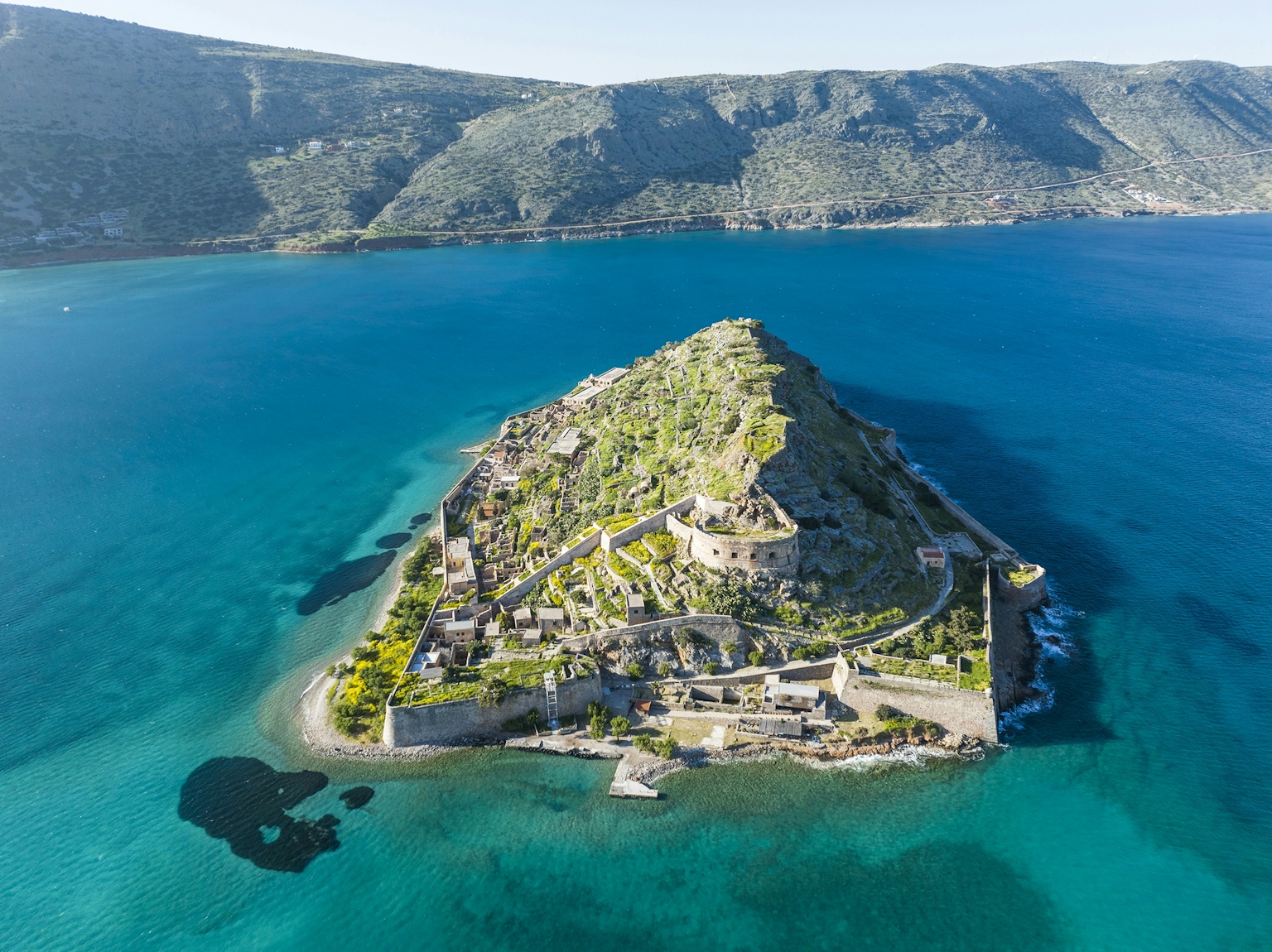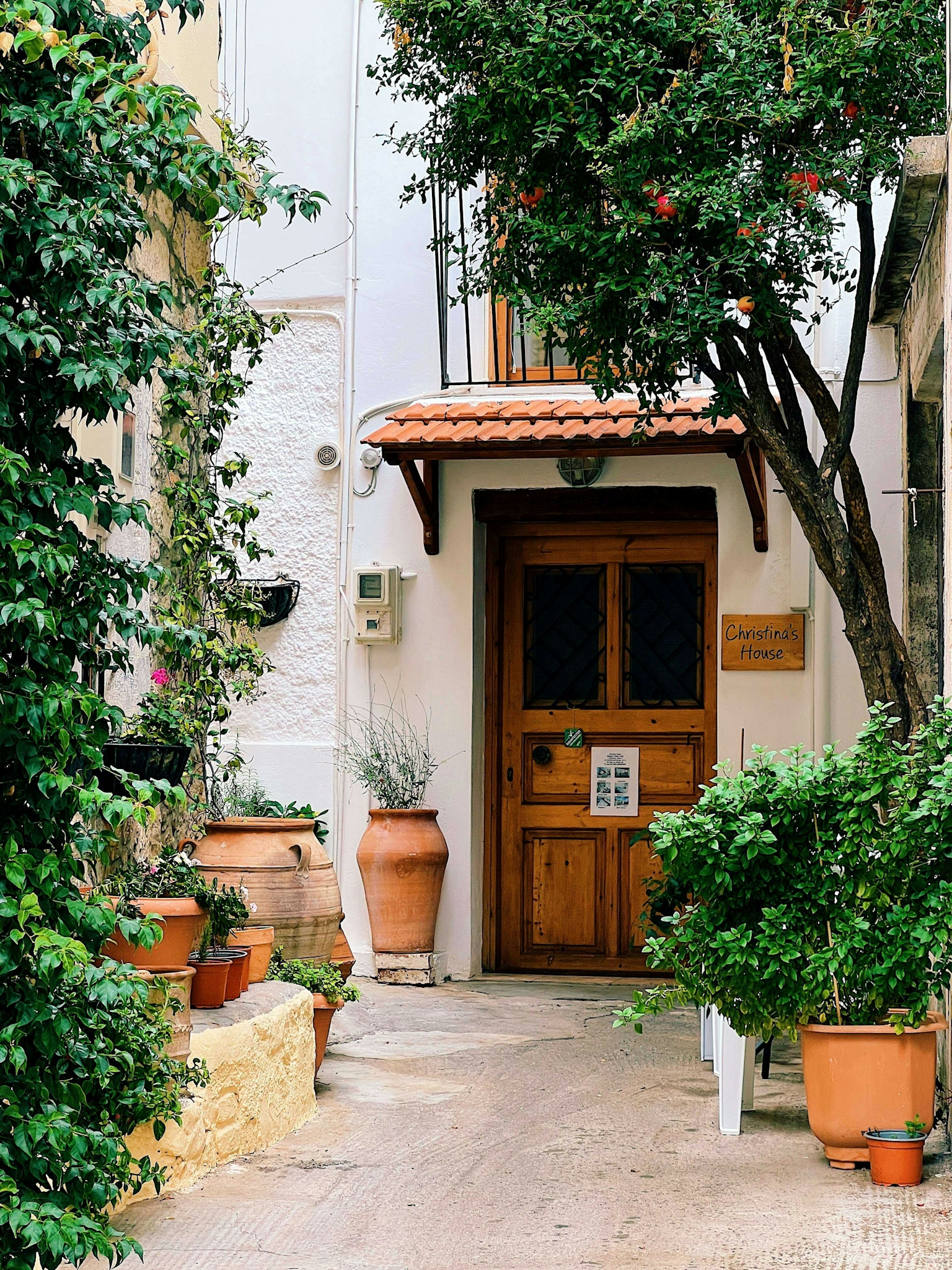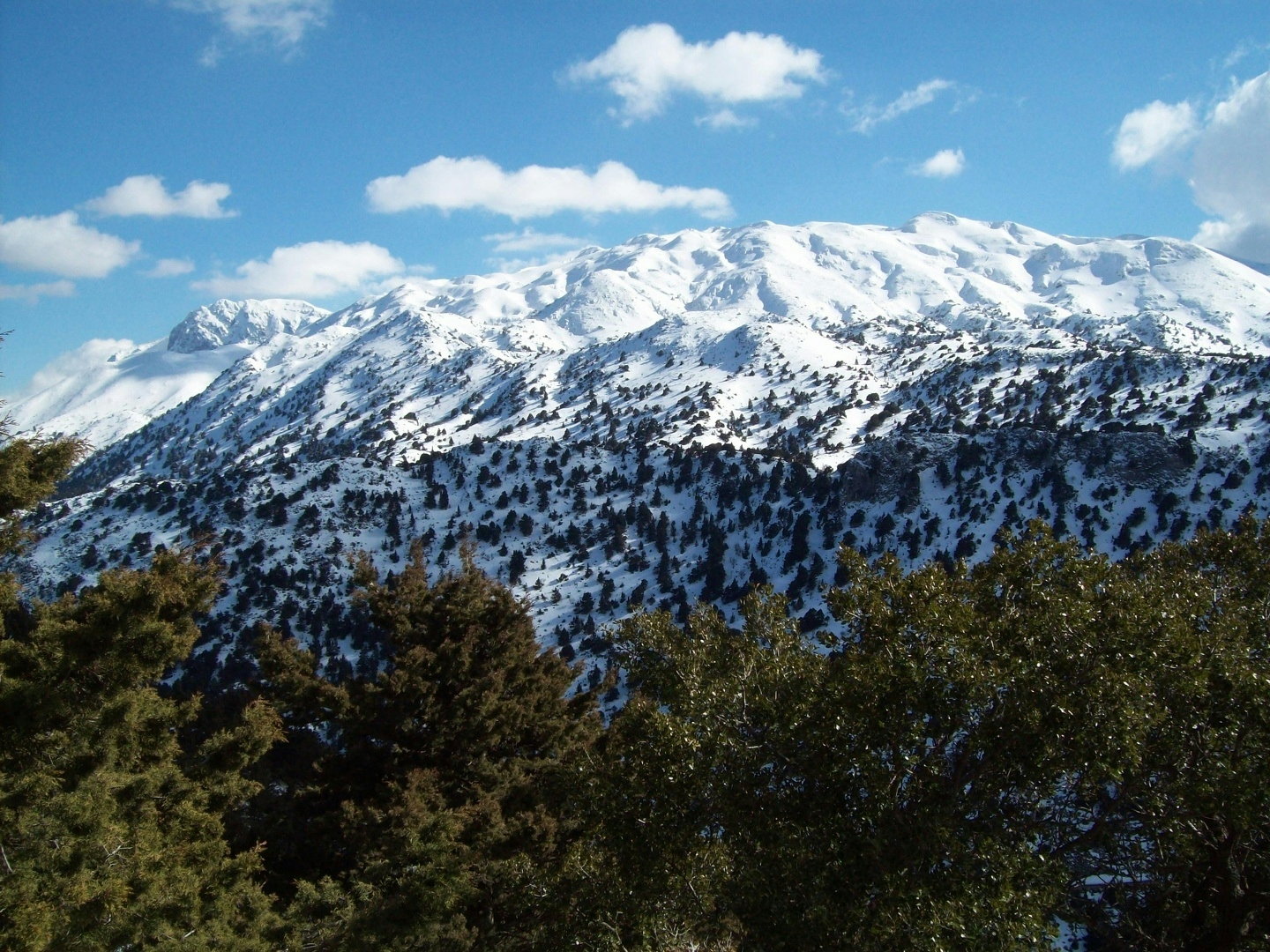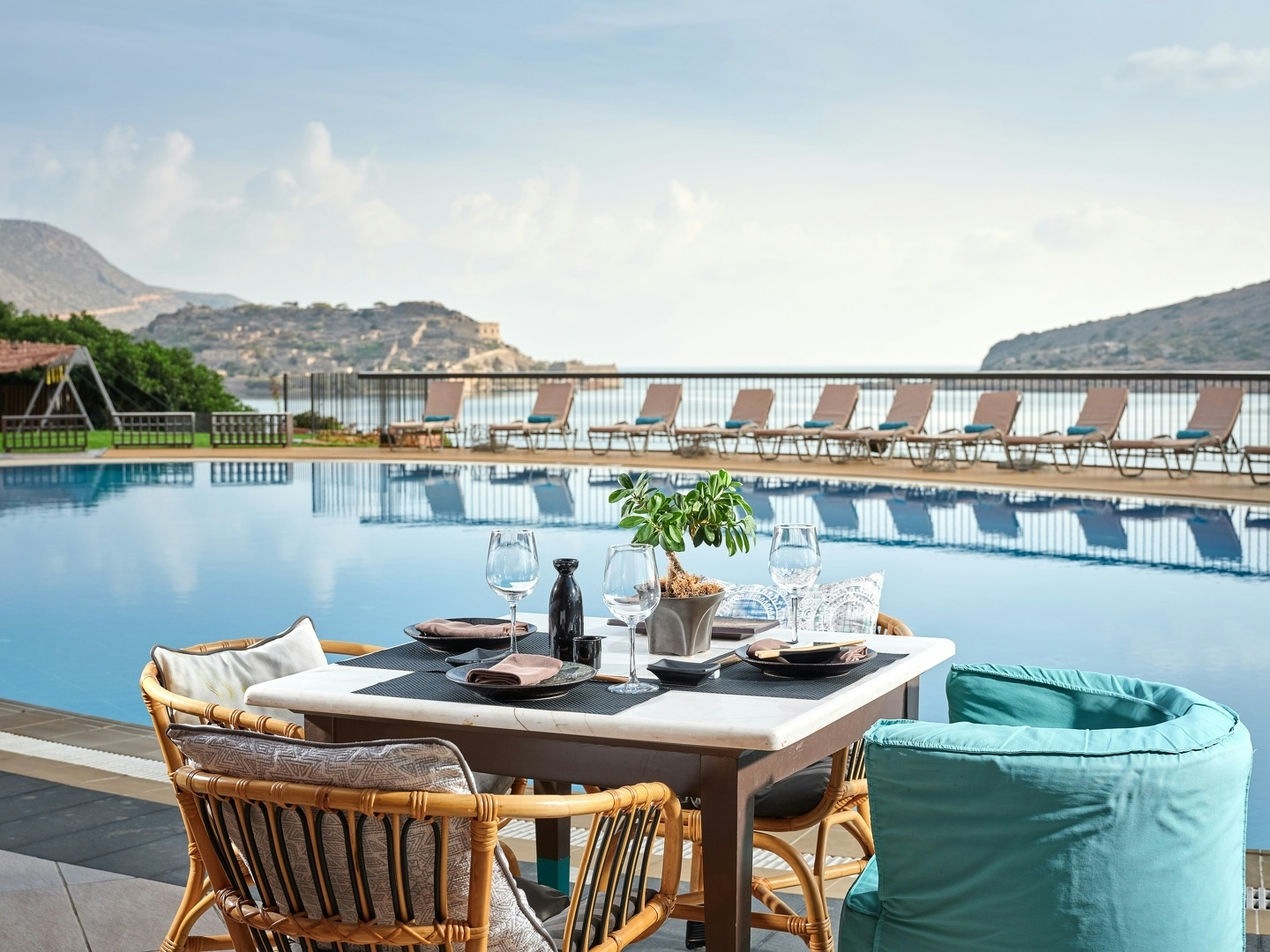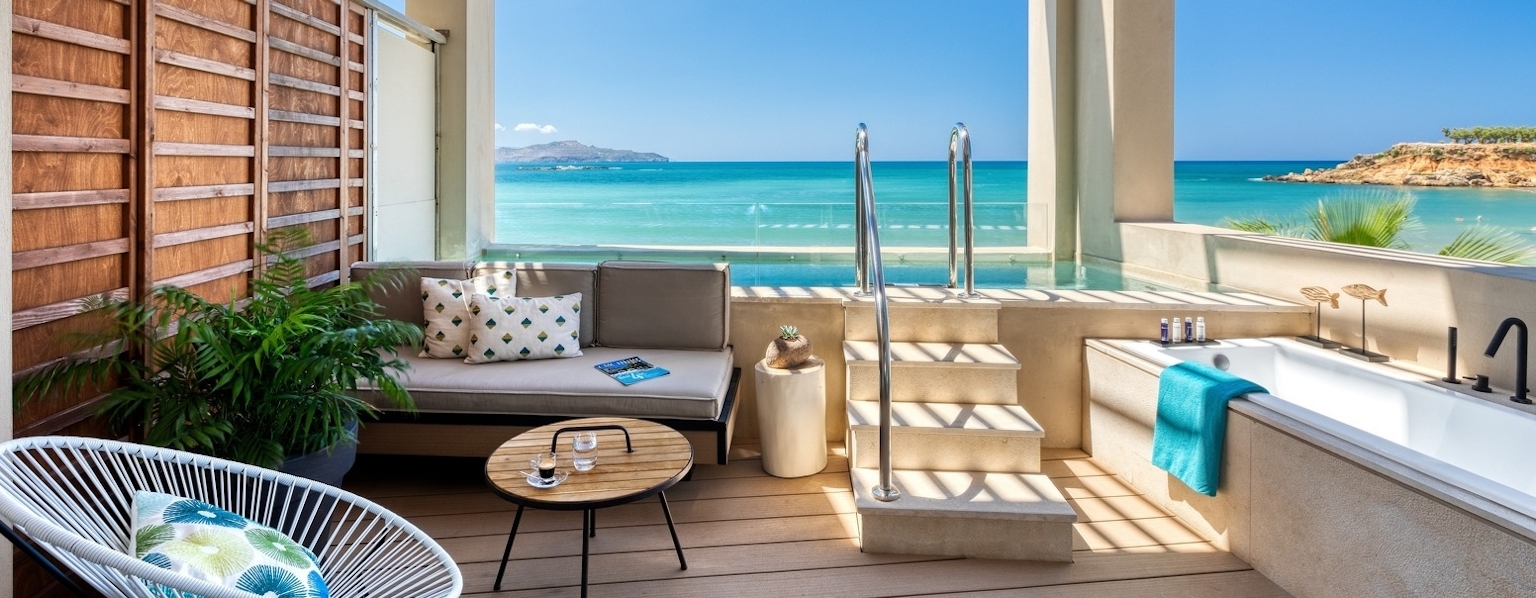Chania: A 3-Day Stay for All Seasons!
Chania offers more than just beautiful beaches; it's a charming destination year-round.
Here's a suggested itinerary for a 3-day trip that doesn't require getting wet!
On day one, embark on a curated route starting from Koum Kapi Beach, passing by the Archaeological Museum of Chania, the converted House of Eleftherios Venizelos (now a museum), and ending at the Venizelos Graves for a breath-taking view.
The following day, indulge in a favourite sport: football, by visiting a museum dedicated to the Greek national football team. Take a leisurely stroll around Chania's Venetian harbour, marvelling at landmarks such as Firkas Castle and Neoria.
For the third day, venture to the historic village of Therisso, Chania, where you can explore magnificent churches and visit the Museum of National Resistance. In the evening, return to your base in Chania to round off your memorable stay.
Photo: Region of Crete
DC suggests
3 days
ABOUT
Many say that ‘Chania is love’. Indeed, it is a city that captivates hearts with its abundance of attractions and vibrant atmosphere, especially during the lively summer months. Steeped in history, the city boasts an array of remarkable landmarks, including Minoan ruins, Byzantine walls, Venetian mansions, and Venetian shipyards. Alongside these architectural treasures, Chania showcases a blend of neoclassical buildings, mosques, modern houses, and elegant shops, creating a city that thrives with constant activity and beckons exploration.
Chania, the second-largest city on the island and the capital of the Chania prefecture, emanates a timeless coastal charm, brought to life by its iconic old port and the charming centre of the Old City. The city's reputation is further enhanced by its exquisite beaches, known for their pristine, transparent waters, catering to the desires of all visitors. Chania's vibrant nightlife scene adds to its allure, ensuring there is something to suit every taste. Undoubtedly, Chania is the ultimate summer destination.
In Chania, just like in Rethymno, the narrow streets adorned with local shops serve as the true gems of the city. Exploring these charming streets allows you to immerse yourself in the magnificence of the medieval city. Marvel at notable attractions such as the Shipyards, the Maritime Museum of Crete, the Firkas Fortress, the Kioutsouk Hassan or the Yiali Tzamisi Mosque, the lively Splantzia square with the church of Agios Nikolaos, and the commanding Kasteli hill overlooking the port.
Chania offers an abundance of culinary delights with local flavours, providing a wide array of options for excellent food, refreshing drinks, and entertainment. Moreover, Chania's strategic location allows it to serve as a convenient base for visiting renowned and picturesque beaches like Elafonisi and Balos, located both in the vicinity and further south in the Chania prefecture.
Photo 1 by Marina Vernicos
Photos 2 - 5 by @nick.haji
ABOUT
Nestled beside the Old City of Chania, overlooking the beach and the eastern coast, lies the distinctive district of Kum Kapi (also known as Koum Kapi). This charming area, situated slightly lower than the coastal pedestrian street, comes alive during the summer months, transforming into a vibrant hub.
Amidst the lively atmosphere, you'll stumble upon Kum Kapi Beach, a small, unassuming stretch of sand with no parasols or beach loungers.
This means it is free for all to use. With its shallow and invigorating waters, the beach attracts a youthful crowd who enjoy its laid-back ambiance. Alongside the beach, you'll find a variety of delightful cafés and tavernas, perfect for indulging in local treats while taking in the vibrant surroundings.
Photo by Evangelos Mpikakis on Unsplash
ABOUT
Its exhibits offer a timeless portrayal of the cultural history of the Prefecture of Chania, spanning from the Neolithic era to the years of Roman rule.
The exhibition is divided into two main sections. The eastern part showcases artefacts from the late Neolithic era and the Bronze Age (Minoan times). In the western part, you can explore antiquities from the Iron Age (historical times). The artefacts are organised and presented through excavation sets and thematic units.
The museum's collections encompass a wide array of artefacts, including Minoan findings from the city of Chania, prehistoric discoveries from caves, Minoan artefacts from different regions of the prefecture, items from tombs dating back to the geometric period, historical era findings from Chania and various other cities within the prefecture. Additionally, the collections feature coins, jewellery (both from prehistoric and historical times), sculptures, inscriptions, columns, and mosaics.
Details:
Telephone
28210 90334
Days of Operation
Daily
Entrance
Full ticket: €2, Reduced: €1 / Unified ticket: Full price: €3, Reduced: €2
Information Municipality of Chania
ABOUT
The family residence of Eleftherios Venizelos in Chalepa, Chania, served as his home for over three decades, spanning from 1880 to 1910 and subsequently intermittently from 1927 to 1935. In 1876, Eleftherios Venizelos' father, Kyriakos, purchased the plot situated in the heart of Chalepa. During the era of the Cretan State, Chalepa was renowned for housing the homes of the upper class, including the residence of Prince George, the High Commissioner of Crete, and the embassies of the Great Powers.
The two-storey detached houses in this area, exemplified by the Venizelos house, with their gardens and their unique integration into the urban landscape, along with the local churches, are significant urban elements for Chalepa, encapsulating the ambiance of the era in which they were constructed. In the original 1880 plan of the two-storey house, auxiliary spaces and bedrooms were located on the ground floor, while the reception rooms were situated on the first floor. Access to the first floor was provided by an internal wooden staircase and an external stone staircase with two sections, directly accessible from the garden.
Following the death of Kyriakos Venizelos, the house became the residence of his son Eleftherios and his family. It was here that Eleftherios Venizelos and his first wife, Maria, welcomed the birth of their two sons, Kyriakos and Sophocles, and where Maria sadly passed away. In 1910, when Eleftherios Venizelos assumed the position of Prime Minister of Greece, he left for Athens, and the house was mainly rented to relatives, foreign diplomats, and Cretan politicians (including Russian officers, Lubansky, Ploumidakis, and the office of Kyriakos K Mitsotakis), all of whom accommodated him when he visited Chania.
In 1941, during the Battle of Crete, the house endured bomb damage. The Germans later restored it and used it as the headquarters and residence of the German Commander of the Fortress of Crete during their occupation. Throughout this period, the house suffered extensive damage, vandalism, and the theft of valuable items, particularly furniture and possessions. After the liberation, Sophocles Venizelos led the initial restoration efforts, focusing primarily on the exterior. Following his passing, Marika Venizelos, the wife of Eleftherios Venizelos' son, Kyriakos, oversaw further improvements, mainly in the interior. Eventually, the Chalepa house came under the ownership of Nikitas Venizelos, the grandson of Eleftherios Venizelos
In 2002, the Ministry of Finance purchased the house and handed it over to the National Research Foundation ‘Eleftherios K Venizelos’, which has used it as its headquarters ever since. In May 2012, the Greek National Tourism Organisation initiated a project, funded by the NSRF, for the structural restoration and transformation of the house into a contemporary museum. The House-Museum opened its doors to the public for the first time during the summer of 2015.
The Transformation of the House into a Museum
President Prokopis Pavlopoulos inaugurates the house of Eleftherios Venizelos on 1st November 2015.
The House of Eleftherios Venizelos encompasses three floors, occupying a total area of 1,000 square metres. Its museum tour includes 18 rooms, each housing authentic exhibits and a wealth of visual material. On every floor, visitors have the opportunity to explore the life of Eleftherios Venizelos, delving into his roles as a man, a politician, and a diplomat.
Within the confines of the museum-house, a diverse range of exhibits is on display, including Eleftherios Venizelos' translated manuscripts of Thucydides, the very pens he used to sign the Sèvres (1920) and Lausanne (1923) treaties, along with their original texts. There are also the bloodstained garments worn by Venizelos during the 1920 assassination attempt against him in France, the 1920 Packard car in which he was a passenger during the assassination attempt on Kifissias Avenue in 1933, bearing the marks of 66 bullets. Another identical vehicle is presented to give visitors an understanding of its condition before the attack. Furthermore, you can find the revolver he wielded during his time as a rebel in Crete, and two rare gramophones featuring 78 rpm records with recorded speeches.
In the house's courtyard, you'll find 280 engraved stones that were employed in the anathema against him in 1916. Additionally, the attic of the house has been repurposed into a contemporary area for educational activities, equipped with new interactive technologies, generously donated by the Stavros Niarchos Foundation.
More information:
- Accessibility for people with disabilities: Yes
- Telephone: 28210 56008
- Opening times: 09:00-16:00
General Admission
€4
Reduced Ticket
€2
Group Ticket
€1 for a group of final year secondary school students
Activities
€2 for educational programmes and an educational tour
ABOUT
The Venizelos Tombs are situated to the east of Chania city, atop the hill of Prophet Elias. This site serves as the final resting place for Eleftherios Venizelos and his son, Sophocles Venizelos.
Eleftherios Venizelos personally selected the location for the Venizelos Tombs, just a few kilometres from his residence in Chalepa. This spot offers a unique vantage point with panoramic views of the city of Chania.
After Eleftherios Venizelos passed away in Paris in 1936, his body was transferred to the chosen site. Subsequently, in 1965, the tomb of his son and former Prime Minister of Greece, Sophocles Venizelos, was constructed at the same location.
Next to his tomb, his funeral oration, which he had delivered to the Greek Parliament in April 1932, was inscribed in metal letters.
‘The deceased individual in question was a true exemplar of courage and self-assurance, both for himself and for the people he was tasked with governing. While he may have made numerous mistakes, he never wavered in his courage, never succumbed to fatalism. He did not wait for fate to propel his country forward; instead, he dedicated all the passion within him and every ounce of his mental and physical strength in service to his nation's progress.’
— Eleftherios Venizelos delivered the aforementioned speech to the Parliament in April 1932.
On the wall behind the two tombs is the dedication by the great poet Kostis Palamas:
‘If decorations befit this tomb, raise above it an upright candle. With the unquenchable flame of Greece itself.’
Next to the Venizelos Tombs stands the stone statue of Liberty. Additionally, there is a statue of Spyros Kagialedakis, who etched his name in history on 9th February 1897. On that day, he used his own body as a mast to hoist the Greek flag high when Italian shells rained down on Akrotiri. His heroic act compelled the Italians to cease their bombardment in acknowledgment of his bravery.
Photo: Wikipedia.
ABOUT
Steeped in history, Boheme Café-Bar graces 26-28 Halidon Street in Chania's port, nestled within a Venetian stone building once belonging to the cells of the Monastery of St Francis.
Outside the café, a 400-year-old plane tree generously offers shade to its visitors.
Boheme café-bar opened its doors in 2015 and has since been operating as a restaurant, focusing on utilising raw materials sourced from the Greek and Cretan soil.
Boheme café-bar is renowned for its extensive wine and drink cellar, as well as the globally recognised recipes crafted by its bartenders.
The venue also hosts painting, photography and musical events.
ABOUT
In our country, the national football team holds the title of ‘the beloved choice of the Greeks’.
In 2004, a miracle unfolded as Greece triumphed in the Euro, prompting millions to swell with pride and shed tears of emotion!
However, the bond between Greeks and football extends far beyond 2004. It's just that the year stands out as a milestone, evoking nostalgic memories for those who adore the beautiful game, even among those who aren't avid fans of the sport.
To preserve this cherished memory in the hearts and minds of all, and to educate the world about the history of football, the Panhellenic Association of Friends of the Greek National Team ‘Galanolefkos Faros’, in partnership with the Municipality of Chania, established the Museum of the National Football Team.
It was inaugurated in 2012 and is located at 40 Tsouderou Street, in the historic Old Town of Chania.
Initially, the museum began with just 200 exhibits. However, as of 2024, visitors now have the opportunity to view 4,000 items, including an impressive collection of 500 shirts from national teams of other countries!
The museum comprises two halls. The first, named EURO 2004, pays tribute to the European Champions, while the second hall is dedicated to the Greek national coach, ALKETAS PANAGOULIAS.
The founders of the Museum stress that it belongs to all Greek fans and, of course, to all Greek internationals who have proudly worn the blue and white shirt adorned with the National Emblem.
Admission to the public is free.
Contact numbers: 00306974331691 (Nikos Flekkas) and 00302821044713.
For more information, click HERE.
ABOUT
Canale Restaurant provides a unique gastronomic experience with a rich menu of Cretan dishes, each crafted with special flair and creativity.
Savour expertly crafted cocktails and relish the ambiance and serene sea views.
The flawless service will enhance your overall experience, making it even more delightful.
ABOUT
The Firka fortress is situated on the northwest side of the port of Chania city. Originally built by the Venetians, it served as a fortification project designed to thwart any potential threats to the port.
Its construction began around the middle of the 16th
century and was completed in 1620.
Internally, the space was configured into barracks and warehouses for war materials. In the centre of the courtyard, a sizable vaulted tank was constructed to collect rainwater from the roofs.
The northern side of the fortress is occupied by a complex of six consecutive domes, each housing large cannons. The design was such that the gunfire from these cannons covered the entrance of the harbour.
Throughout the Turkish occupation, the fortress served primarily as a barracks, retaining the name Firka until today. The vaulted firing ranges were repurposed as prisons from the years of the Turkish occupation until the era of the civil war. On 1st December 1913, the flag of the Union of Crete with Greece was symbolically raised on the corner turret of the fortress.
Information: Ministry of Culture
Photo: Wikipedia
ABOUT
The Venetian Shipyards, constructed in the 16th century, stand as some of the most impressive monuments in the Old Port of Chania.
These were substantial stone structures featuring an arched façade, open to the sea to allow ships to access their interiors without hindrance. Referred to as Arsenalia, they served to fulfil the repair needs of the fleet.
These shipyards communicated with each other via arched openings in the interior walls, closed with wooden doors. Access to them was granted through a magnificent gate.
In total, 23 Venetian shipyards were constructed in the old port. However, today, seven consecutive domes, the Grand Arsenal, and two shipyards from the Moro complex in the cove of the port still stand.
Photo: Chaniatourism.gr
ABOUT
If you're craving cocktails and distinctive flavours, settle into the courtyard of Bristol Drink & Dine for a delightful and unforgettable evening.
The dishes will captivate your taste buds with their rich flavours and enticing aromas—make sure to indulge in the shrimp risotto.
If you prefer a cosier ambiance, settle indoors and savour delightful coffee and snacks.
ABOUT
At the base of the White Mountains lies the charming village of Theriso, just 16 kilometres from Chania.
Nestled at the foot of the White Mountains, the quaint village of Theriso holds significant historical importance. It played a pivotal role in the developments and revolutionary movements of the 19th century. In 2003, the local Museum of National Resistance was inaugurated in the area, showcasing a remarkable collection of weapons, objects belonging to fighters, newspaper clippings, and various exhibits related to the period of 1941-1945.
The village's central square features a monument dedicated to Eleftherios Venizelos.
In addition to its rich history, the village is renowned for its exceptional dairy products.
When you visit, be sure not to miss the opportunity to dine in one of its delightful tavernas and savour the local dishes featuring lamb and goat.
Theriso boasts an exceptional natural setting, immersed in lush greenery. The journey on the road from Chania to Theriso is an unforgettable experience, as it meanders through the verdant Theriso Gorge, spanning a length of 6 kilometres.
Photo: Wikipedia
ABOUT
In Therisso, within the village square and under the shade of a towering plane tree, lies the Church of Panagia.
This sacred site also houses the tomb of the hero Stefanos Chalis, who valiantly fought between 1820 and 1822, ultimately succumbing in the battle that unfolded in Aliaki on 25th July 1822.
Every August, the village comes alive with a grand festival. Therisso hosts a joyous celebration featuring Cretan music and an array of delectable local dishes.
Info: Municipality of Chania
ABOUT
Therisso Square is situated in the Therisso district on Minoos Street, approximately 2 kilometres from the city centre of Heraklion.
The square was named after the Therisso revolution, which commenced in Therisso, Chania in 1905.
The region is renowned and densely populated, with its paved square surrounded by various cafés, tavernas, and pastry shops.
There is also ample space for children to play safely.
The square accommodates events such as theatrical performances, puppet shows, concerts, choirs, workshops, exhibitions, bazaars, and Christmas celebrations.
ABOUT
The village of Therisso in Chania is a historic place steeped in religious devotion.
Here, you'll discover the two-aisled Church of Agios Georgios (1538) and Agios Charalambos.
It is a typical example of churches built towards the end of Venetian rule in the broader region of Kydonia.
According to the website of the Holy Archdiocese of Crete, the mural decoration is not well-preserved.
Photos: Wikipedia
ABOUT
The Museum of National Resistance in Therisso is dedicated to commemorating the efforts of the National Resistance against the German forces during World War II.
At the museum, you can explore a collection of weapons, uniforms, and various relics used by the fighters, along with war materials from the German occupation army. The exhibits also include maps detailing the locations of significant battles, as well as newspapers and photographs from that era.
A trip to the National Resistance Museum in Therisso offers a vivid understanding of Crete's resistance against the German invaders during World War II.
- Location: Therisso
- Telephone: 28210 78004
- Opening times: 09:00-16:00
Photo Municipality of Chania
ABOUT
Kariatis Restaurant in Chania's historic old port stands as one of the foremost and most renowned destinations for savouring traditional cuisine.
In its exceptional setting, Kariatis Restaurant skilfully blends exquisite flavours with the ambiance of the traditional port.
The quality of the recipes and the freshness of the ingredients transform every dish into a true embodiment of authentic Cretan and Mediterranean cuisine.
